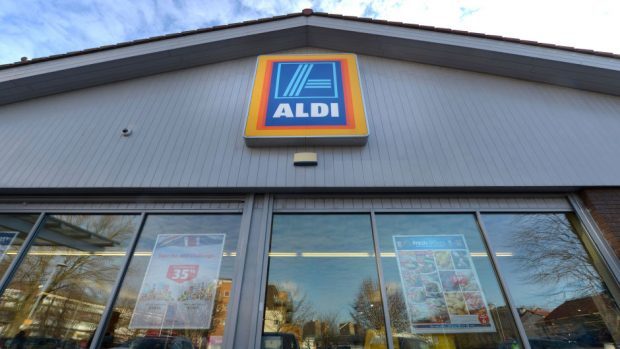Budget supermarket chain Aldi has cleared the final hurdle for a long-awaited north-east development after the council approved an archaeological study.
The German firm first proposed building a shop in Peterhead more than a decade ago but it was not until February last year that planning permission in principle was granted.
That agreement by local councillors was subject to a number of conditions, including an archaeological investigation of the Kirkburn Mill site and a formal plan to demolish an existing three-storey block block of flats.
In its place Aldi plans to build two separate retail units and a car park for 150 shoppers.
The retail park could create around 30 jobs and bring £2.5million into the town’s economy. The first phase of construction is set to being in the “near future”.
In the first phase, Aldi will build its own supermarket unit, provide parking and landscape the area.
Aberdeenshire Council planners have now approved reports submitted by the company about the archaeological significance of the town centre site and about the necessary demolition works.
In a letter to the developers, local authority planning boss Robert Gray said his team were confident the pink granite on the site could be protected and that the “potential impacts on the amenity of the area” would be minimised during demolition.
Local resident Stephen Calder lodged a formal letter of support in favour of the conditions being met.
He said: “I fully support this application, with the conditions as detailed.
“Although it is apparent that little or no evidence of previous occupation survives on the part of the site which was developed industrially on the Kirkburn Mill site from the early 19th century, it does appear from the archaeological report that the area to the immediate west of the ruined St Peter’s Church has been protected from significant development.”
